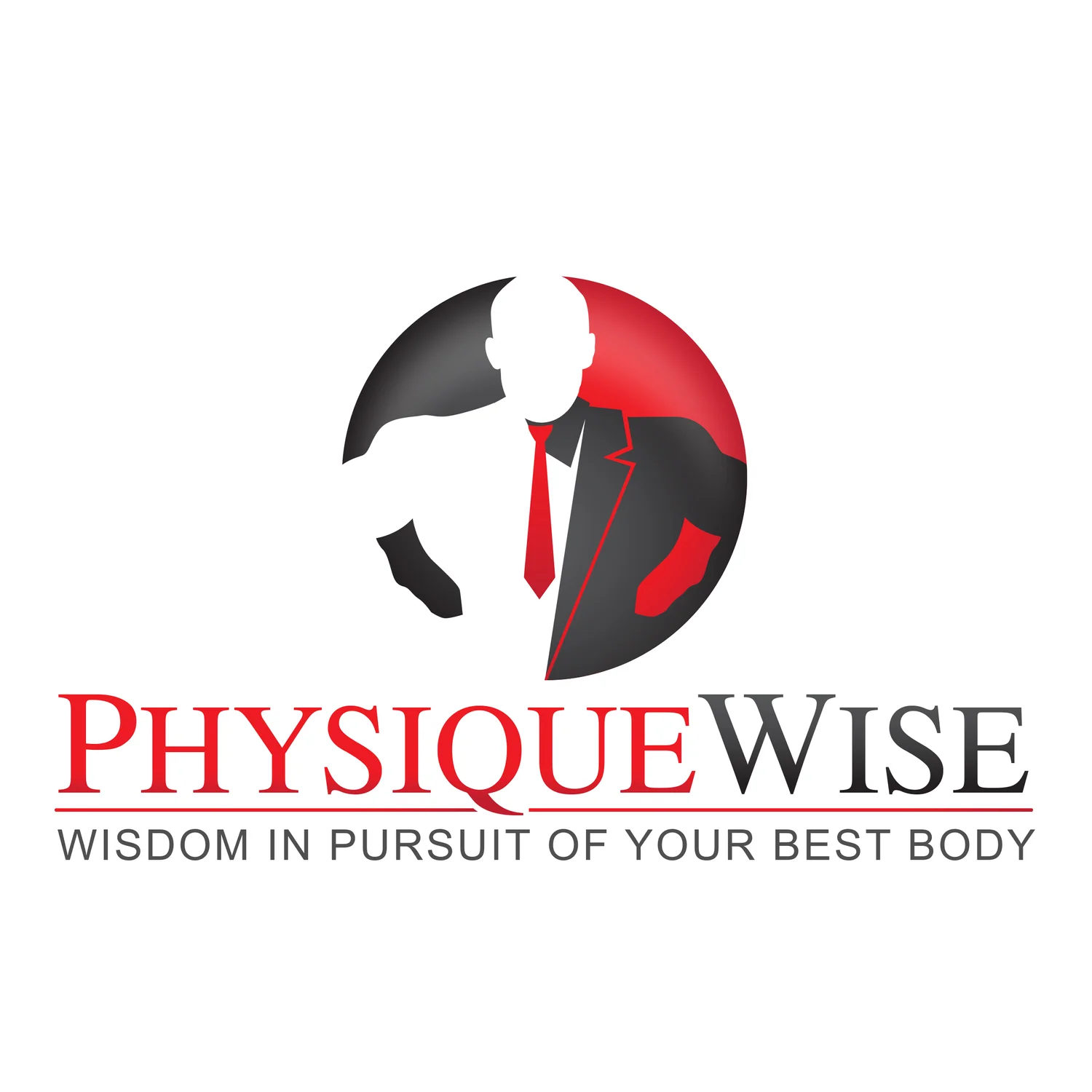A great deal of the clientele I deal with are desk-bound throughout their working day. This is a reality of modern life. Ever since we are at school we are sat down for large chunks of the day. However, the deleterious effects of sitting for prolonged periods on health and well-being are starting to become much better understood. The total economic cost of work-related injuries and illnesses is estimated to be $60 billion in Australia alone. The result is a greater push for standing desk alternatives and the need to get up and move around at regular intervals throughout the day.
Here I present you with 7 simple stretches that can be performed in your chair whilst at your desk.
- Seated Neck Stretch: Sit tall and upright. Pull your shoulders down. With your right hand hold the underside of your seat to anchor the right shoulder down. Take your left ear toward your left shoulder. This is a great stretch for the upper traps and scalenes. Use your opposite hand to gently push your head to the side to increase the stretch. Be very mindful of how much pressure you use.
2. Seated Tricep Stretch: Sit tall. Take one arm up above your head and bend at the elbow. Use the opposite arm to gently push on the elbow to increase the stretch.
3. Seated Lat Stretch: Bend forward and place your elbows on the edge of your desk. Link your hands together and push your chest downwards. You should feel a stretch through your lats (the muscles at the side of your back below your armpits)
4. Seated Forearm Stretch: Stretch one arm out in front of you and turn your palm so it faces upwards. Place your palm against the edge of a desk. You should feel a stretch down your forearm.
5. Seated Chest Stretch: Sit forward in your seat and reach behind you for your chair back. Hold on to the back of the chair and push your chest forward to stretch the chest and the front of your shoulders.
6. Seated Upper Back Stretch: Sit Forward in your seat and imagine you are hugging a big tree! Push your shoulder blades apart to stretch the muscles of your upper back.
7. Seated Hip Stretch: Sit forward in your seat and place one foot over the opposite knee. Place pressure on the knee to feel the stretch in your hip.
It's not enough to know. In the words of Derek Sivers "If more information was the answer, then we'd all be billionaires with perfect abs". We all have access to more information than ever before, yet we have to act on the knowledge we acquire to make a difference. So presenting you with several stretches to perform at your desk is all well and good, but these have to be performed on a regular basis to have any kind of meaningful effect. Here are some helpful tips to make this more effective: -
- Set an alarm on your phone/computer to get up and walk around every hour. This breaks up periods of prolonged sitting. If you do find yourself sitting in a bad position/posture this will ensure you won't stay in that position for too long. Doing this will also increase your activity levels. Take this opportunity to walk around, grab a glass of water etc. The newer FitBits and other similar pieces of technology allow for alarms to be set to remind you to walk.
- Set an alarm on your phone/computer to perform these stretches. I recommend doing these twice a day. Choose times that work well with your schedule. It might be as soon as you get to the office and then at lunch perhaps.
- Use technology to help you. 'Eyeleo' focuses on making us rest our eyes. Staring at a computer monitor can place a big strain on our eyes. 'Workrave' is another app that forces you to take micro breaks, long breaks and even limiting daily usage.
- Be more mindful of your posture throughout the day. Unfortunately, going to the gym several times per week and doing a little stretching will not be enough to offset hours upon hours of sitting in poor posture. Try to be aware of how you are sitting and change position if you feel uncomfortable.
- Have someone look at your ergonomics and desk set up. Ensure you have a good chair to sit on, ensure your desk is at the right height, your screen the right distance from your face etc.
- Use a standing desk if one is available. Standing desks are becoming increasingly prevalent in the workplace. If you get the opportunity to use one then try to take it.








